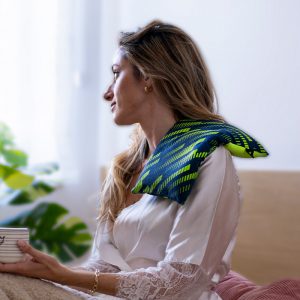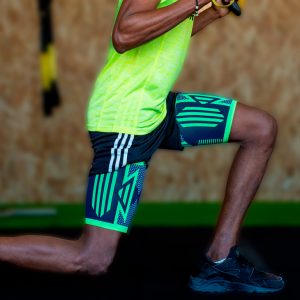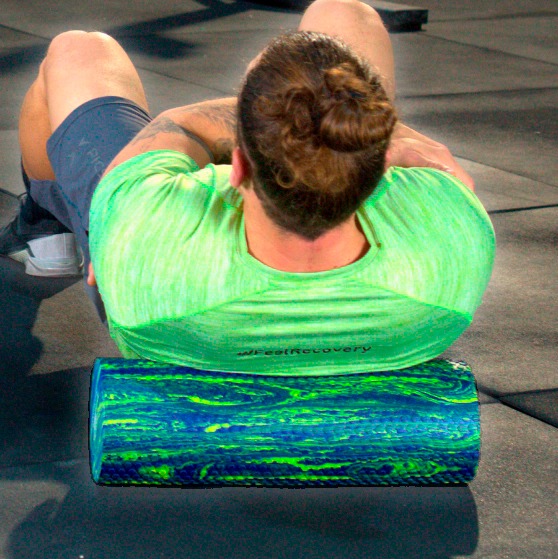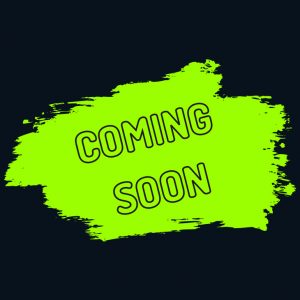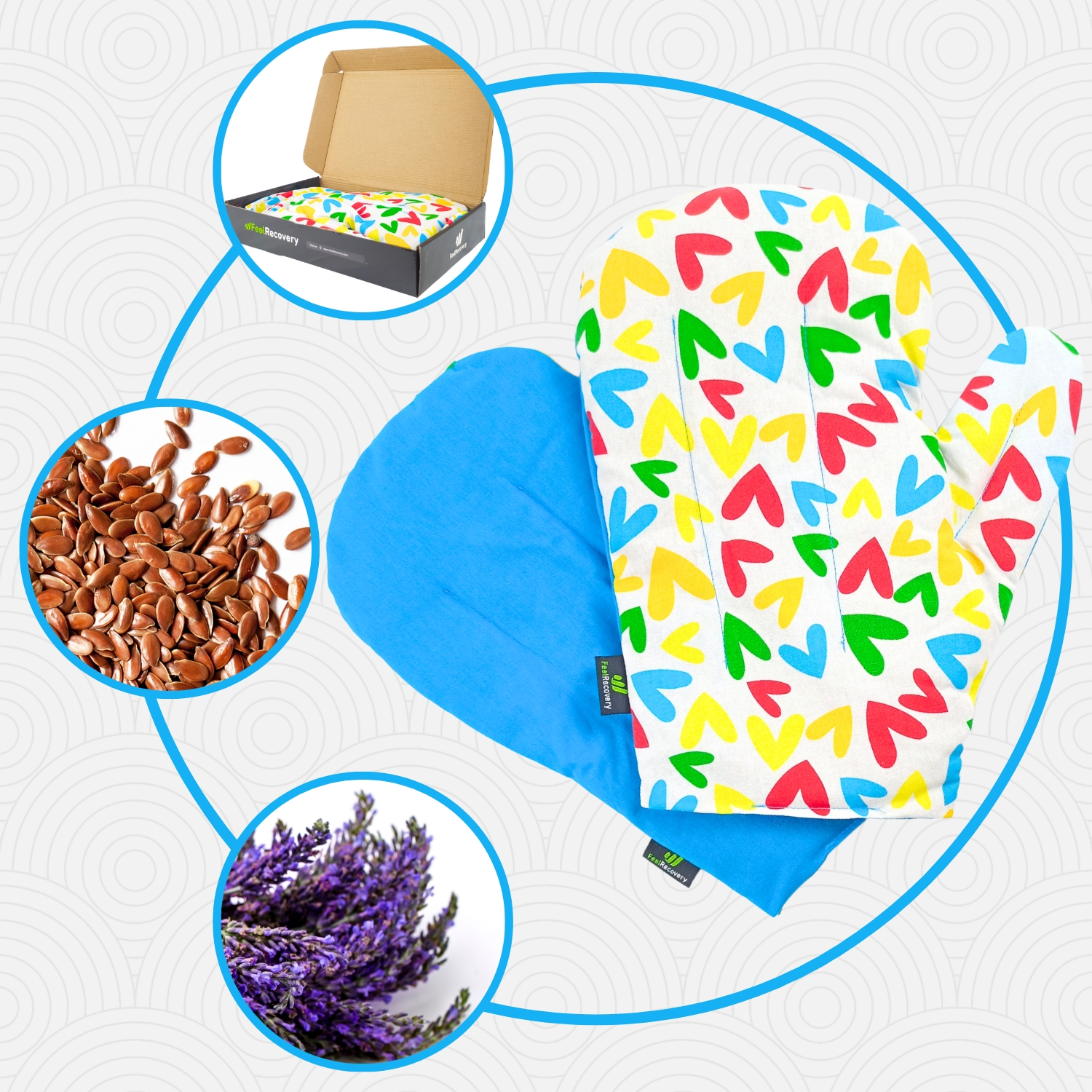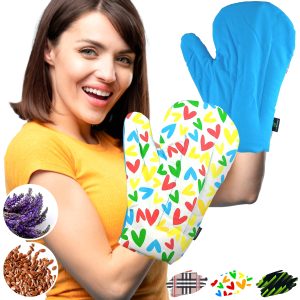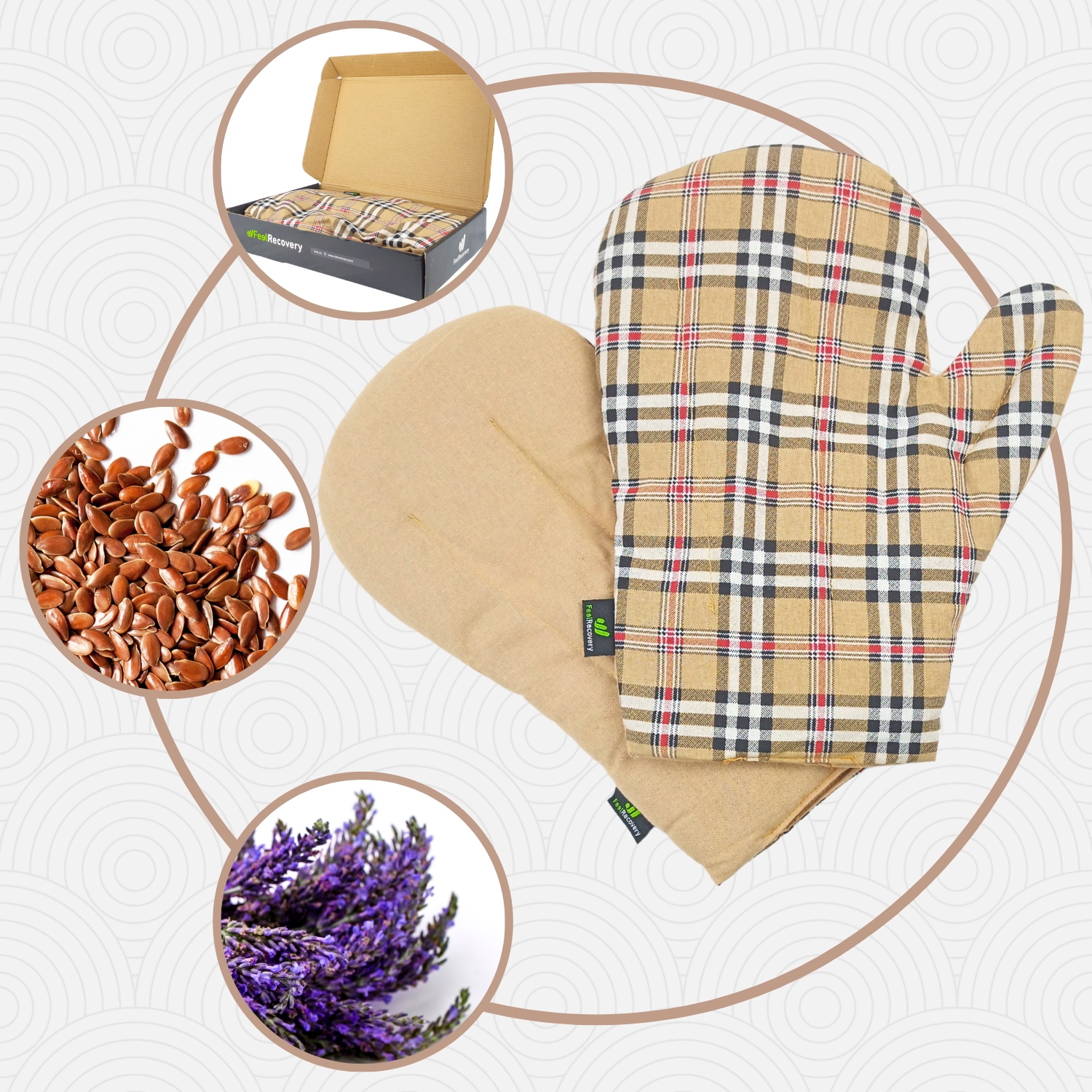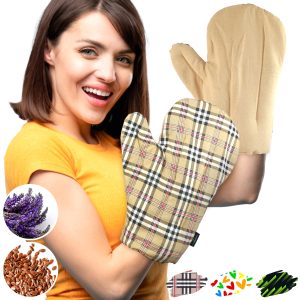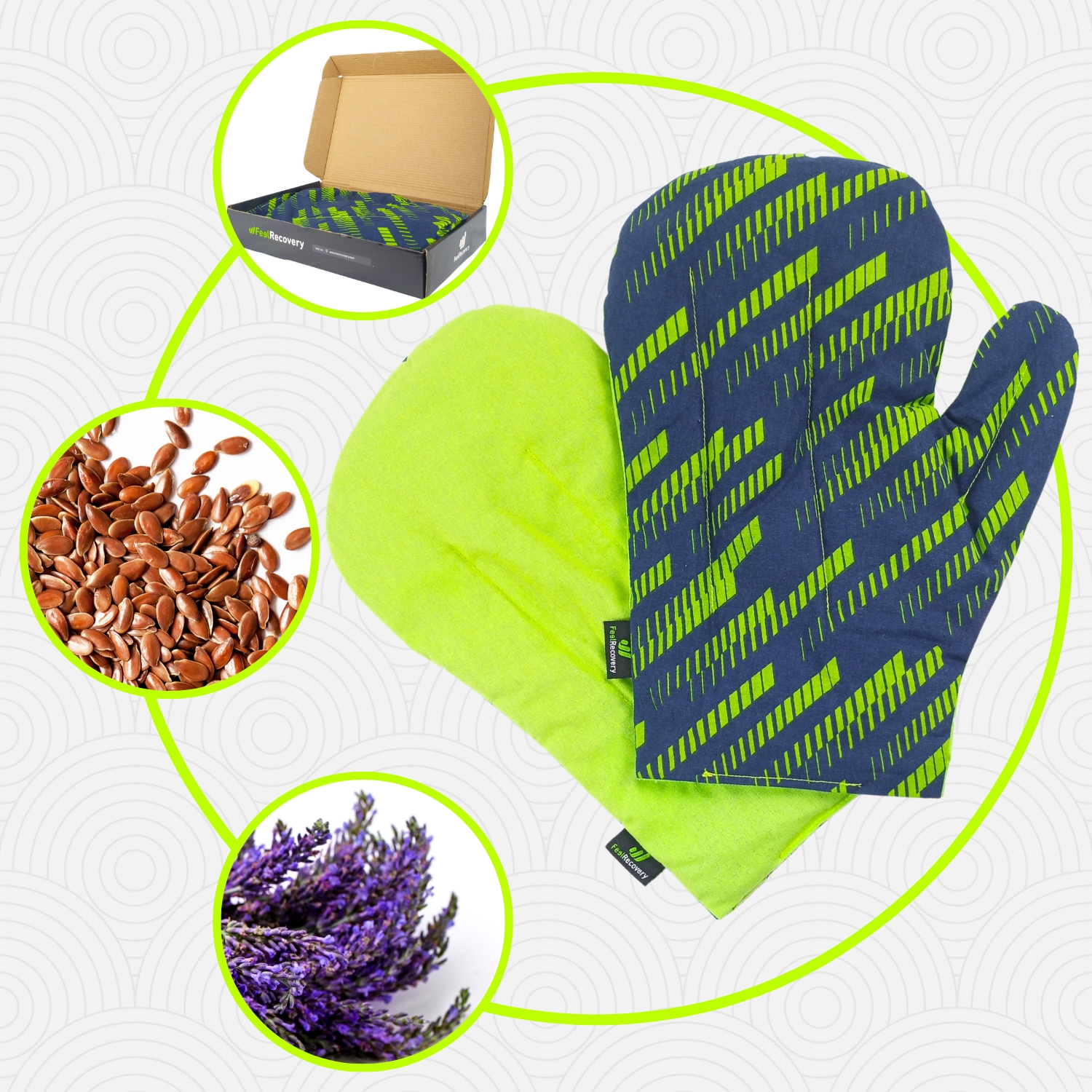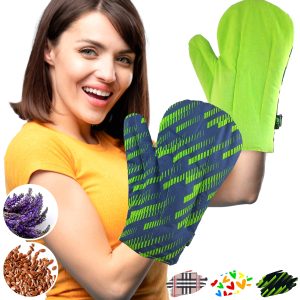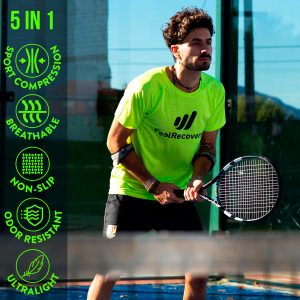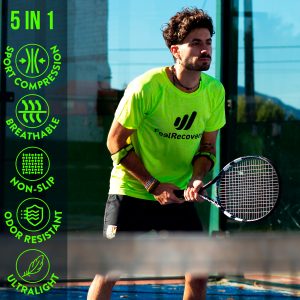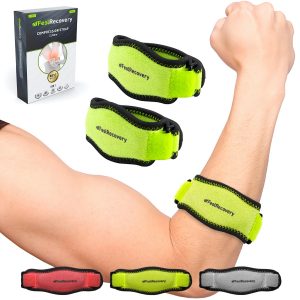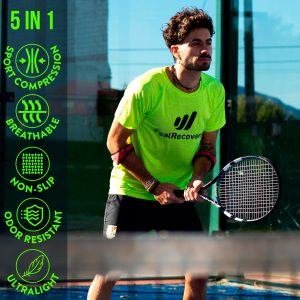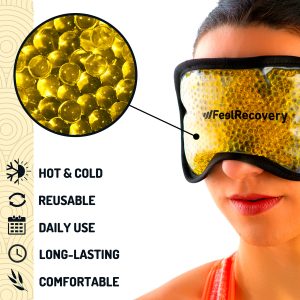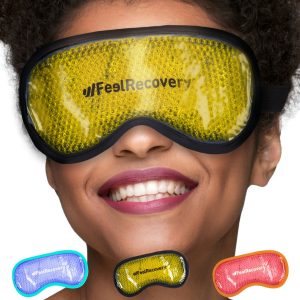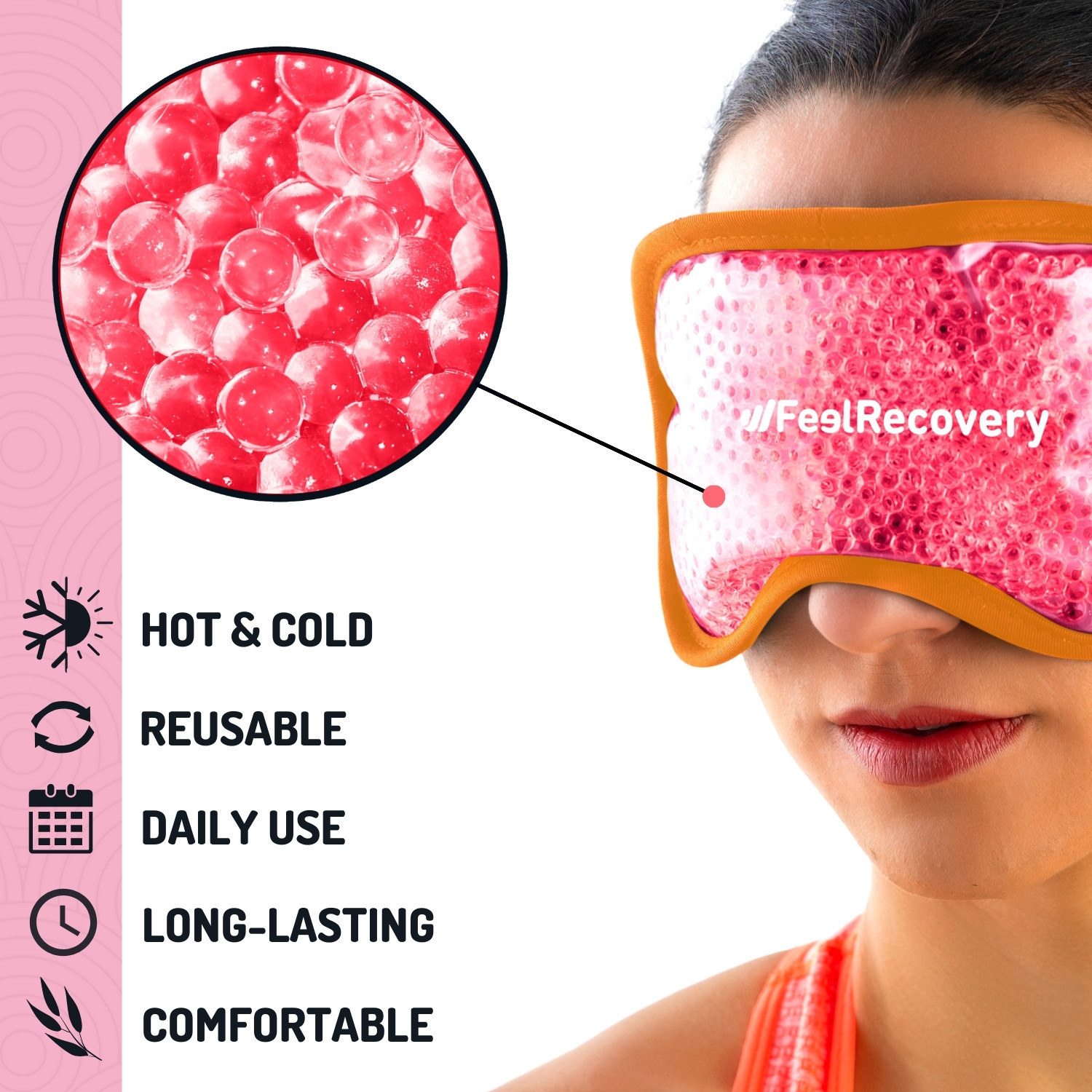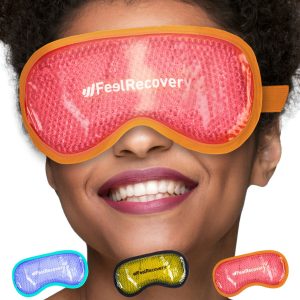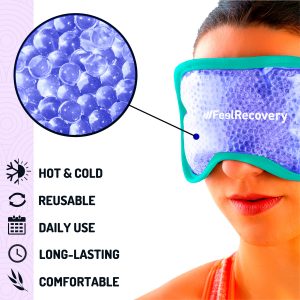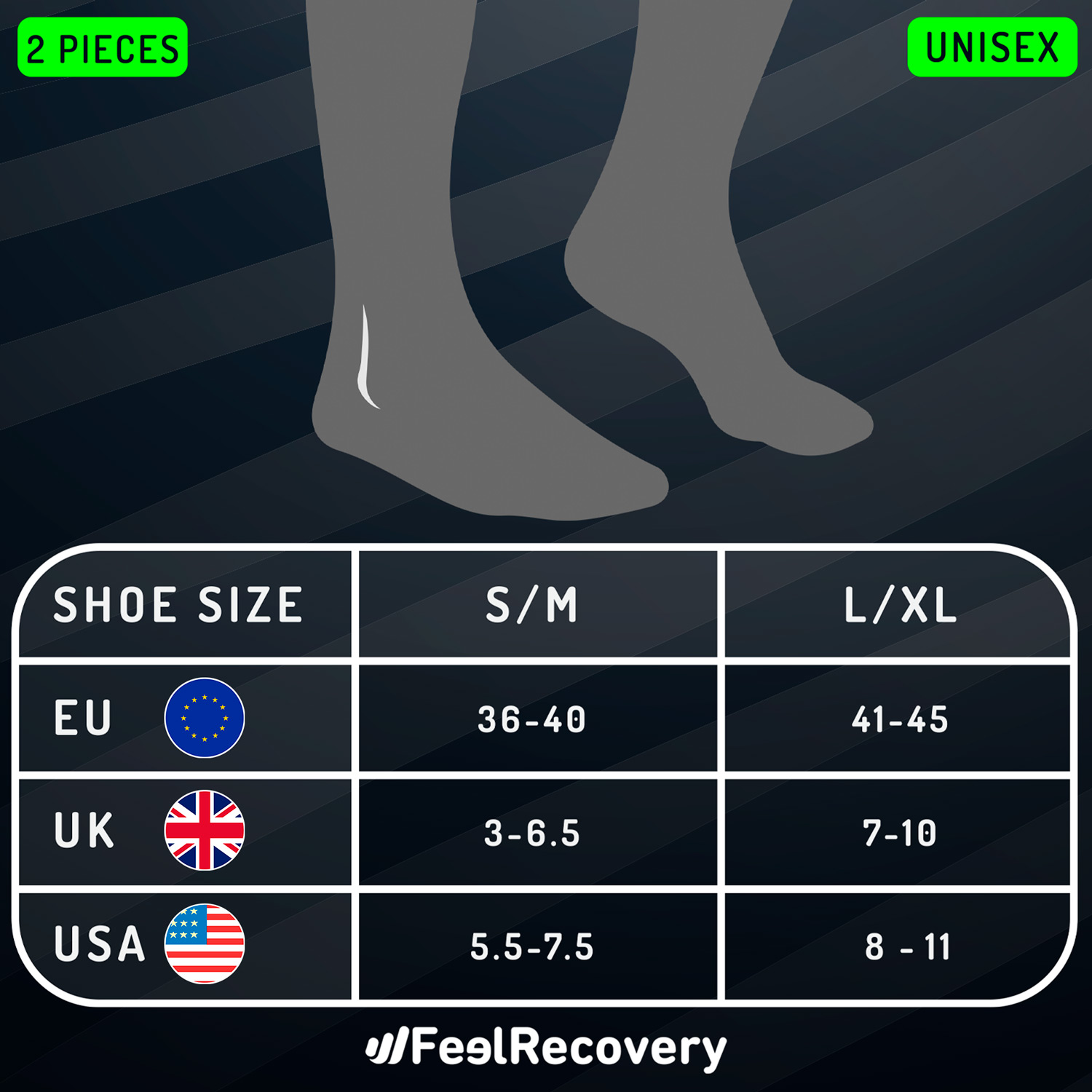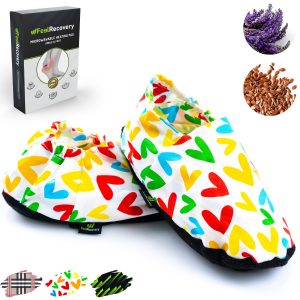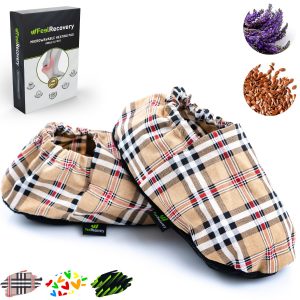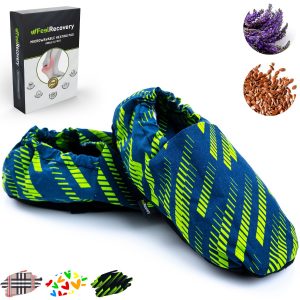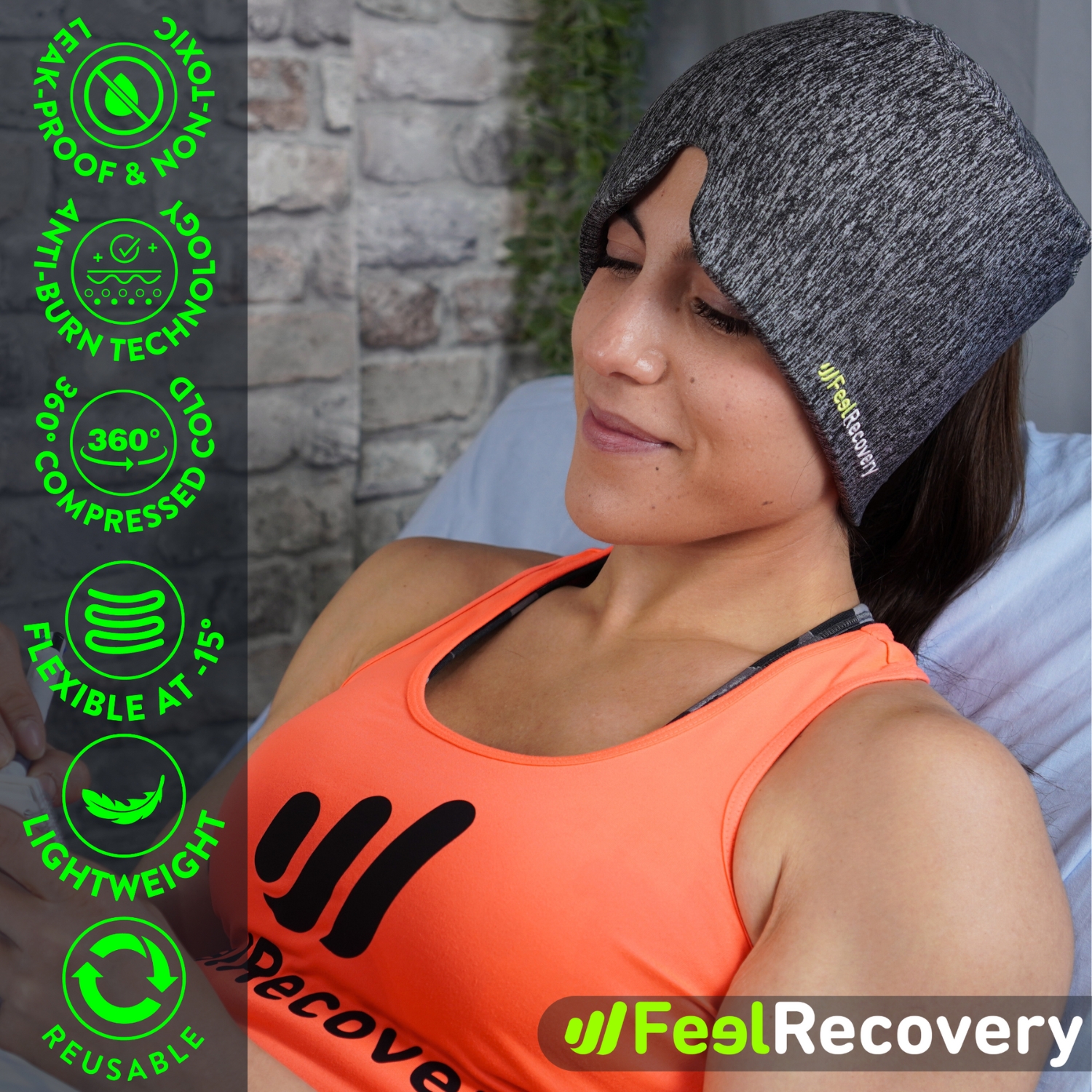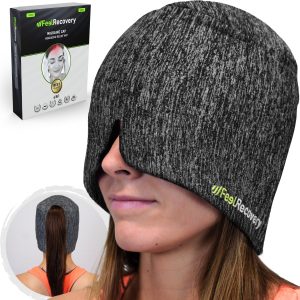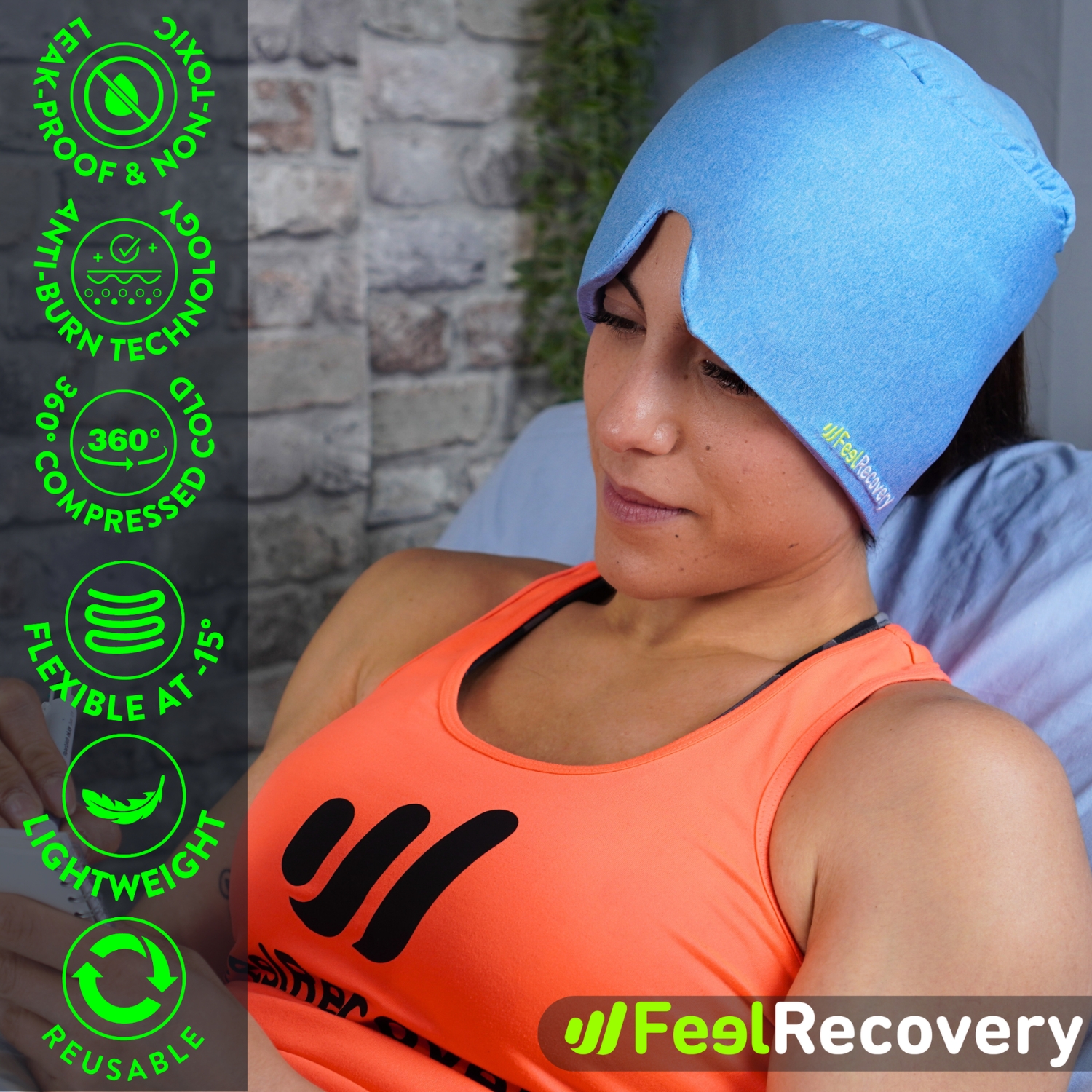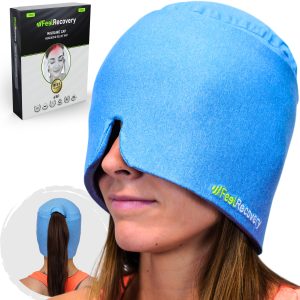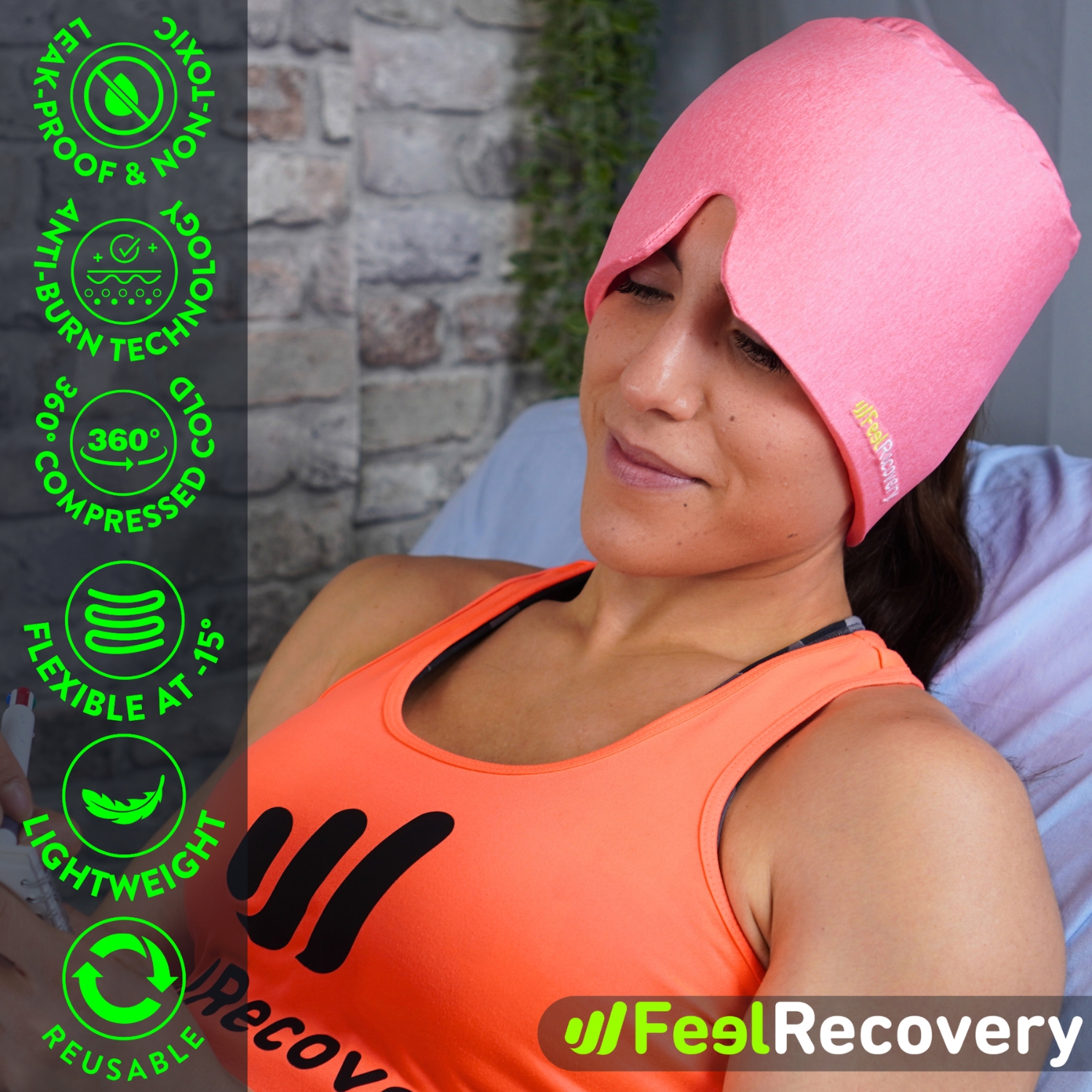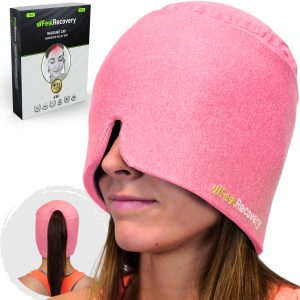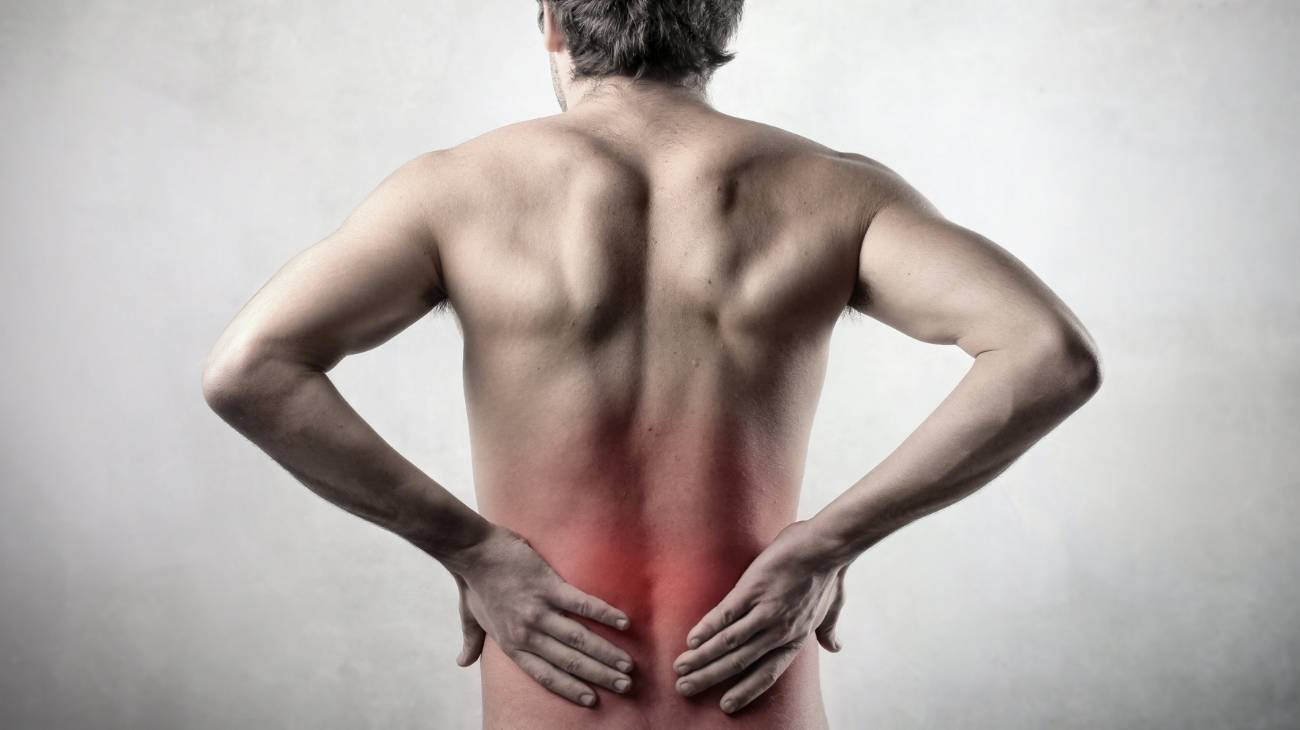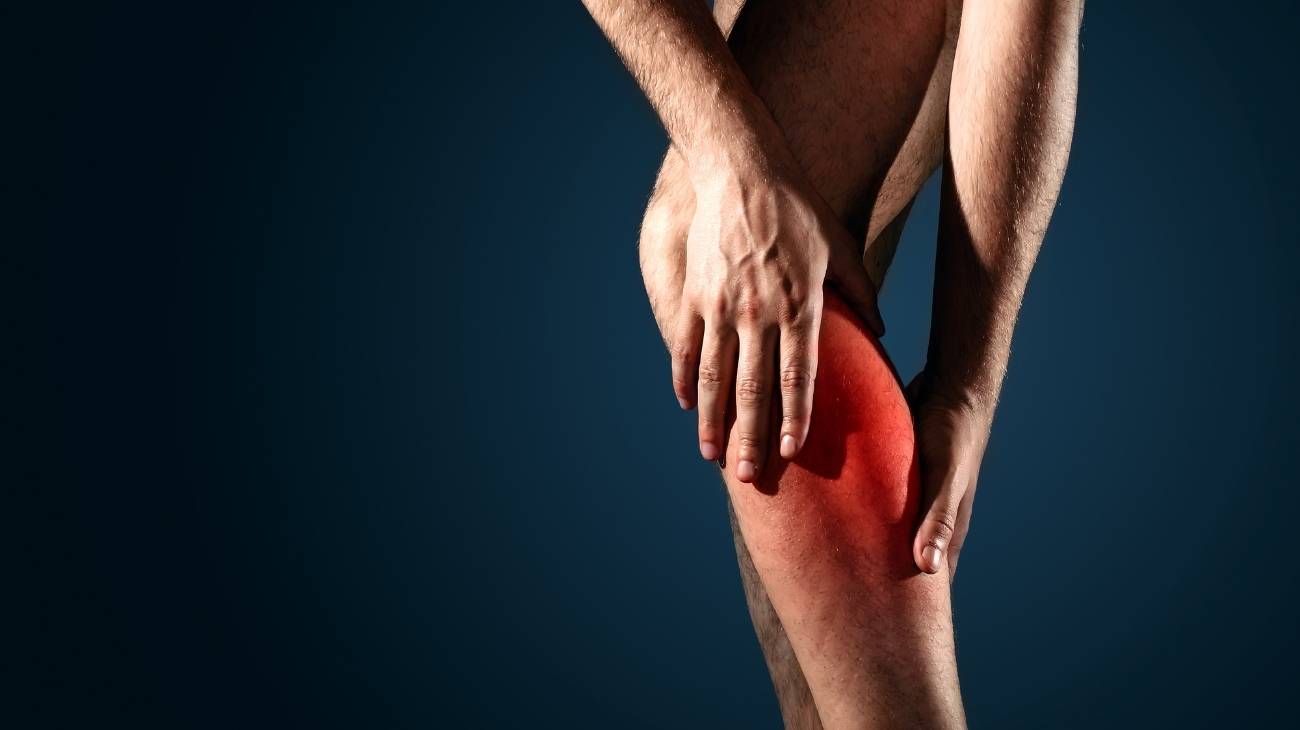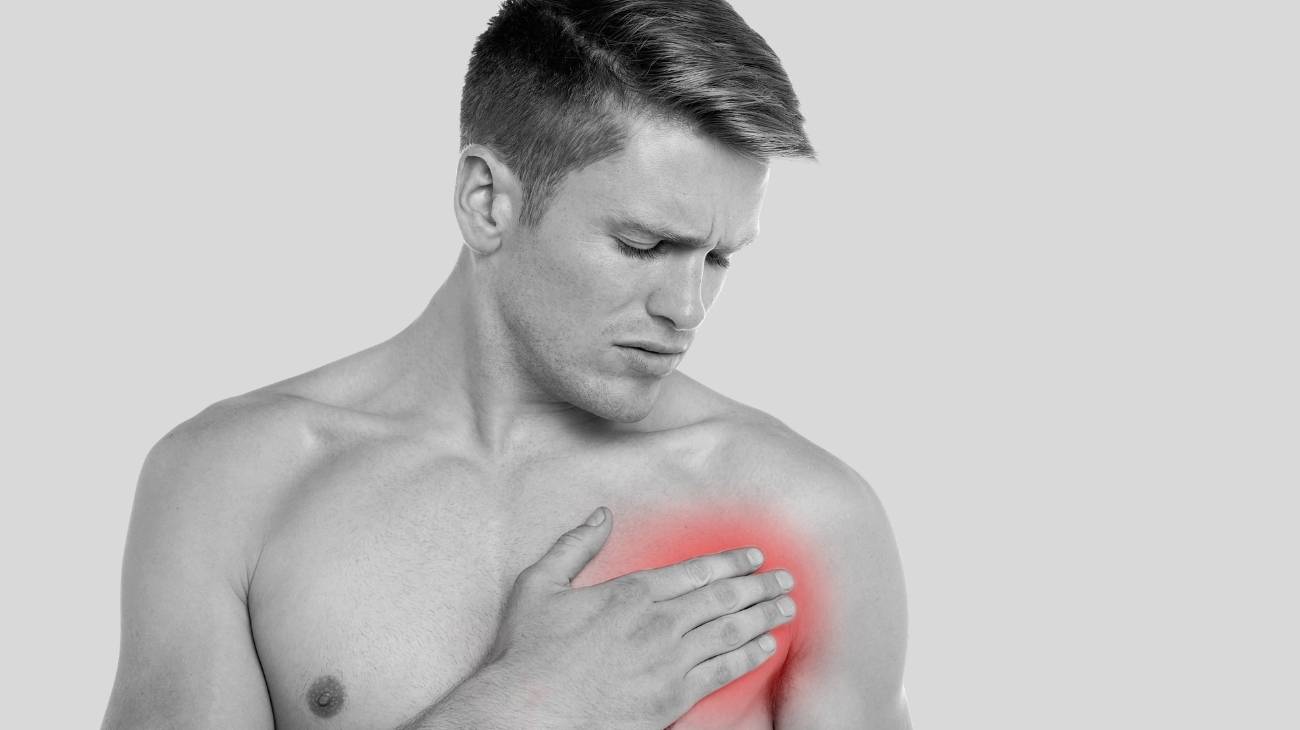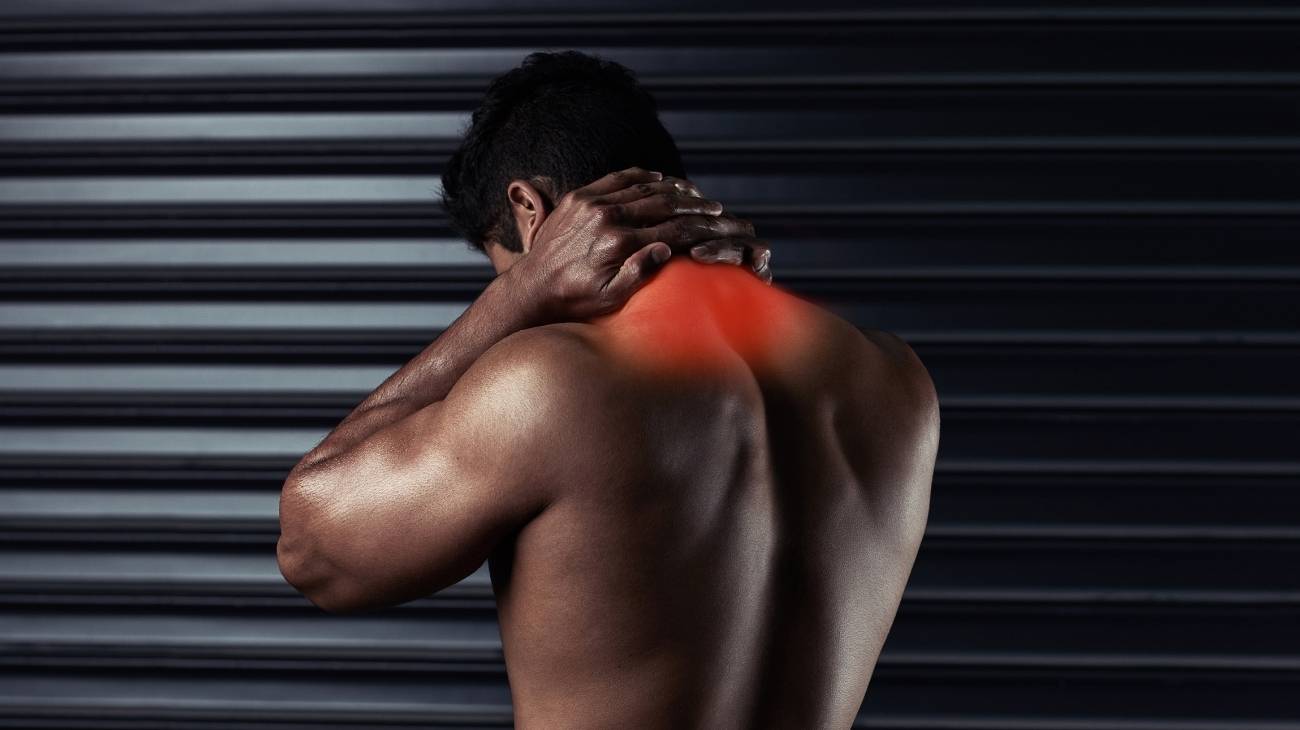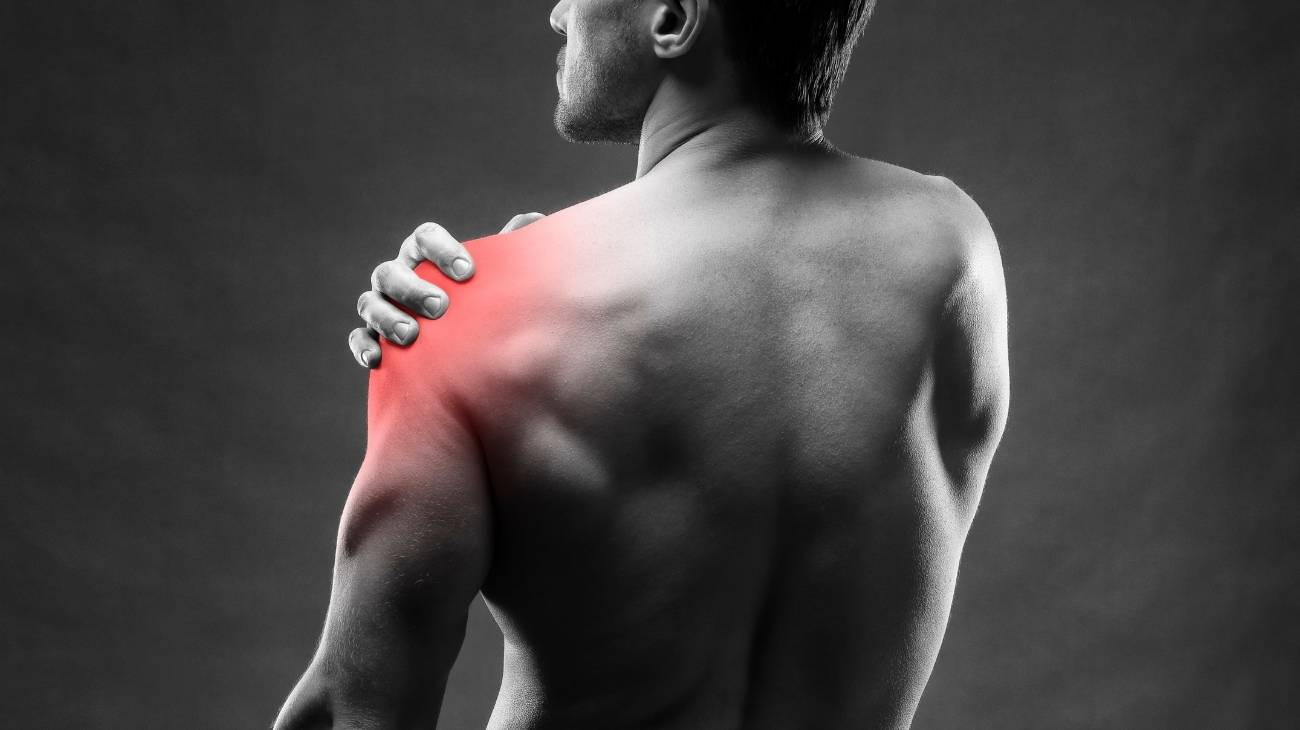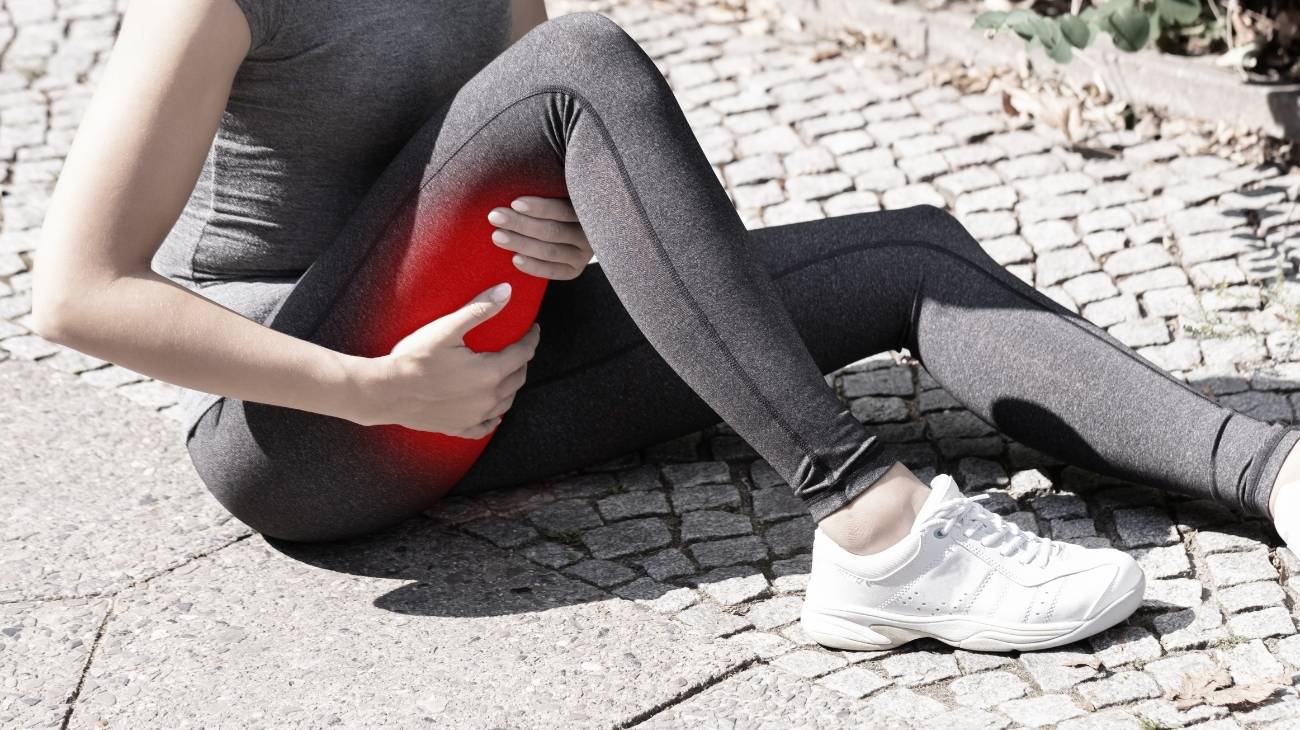Muscle strains are one of the most common injuries that occur during physical activities, whether due to overexertion, improper warm-ups, or sudden movements. These injuries, characterized by overstretched or torn muscle fibers, can lead to pain, swelling, and reduced mobility. Addressing this discomfort effectively requires a combination of targeted therapies and products designed to accelerate healing, reduce inflammation, and prevent future injuries.
Compression sleeves are essential in managing muscle strain pain. They provide consistent pressure to the affected area, enhancing blood circulation and reducing swelling. This improved blood flow not only accelerates the healing process but also provides immediate support and stability to the muscle. Modern compression sleeves are crafted to fit comfortably, allowing for continuous wear during both rest and light activities.
Cold therapy is a cornerstone of early treatment for muscle strains. Using cold therapy wraps within the first 48 hours of an injury can significantly reduce inflammation, numb the pain, and minimize tissue damage. Designed to mold perfectly to specific areas of the body, these wraps deliver targeted cooling, ensuring maximum effectiveness in pain relief and swelling reduction.
As recovery progresses, heat therapy becomes an invaluable tool. Heat pads and wraps work by relaxing tight muscles, reducing stiffness, and enhancing flexibility. By promoting better blood flow to the strained area, heat therapy prepares the muscle for stretching and rehabilitation exercises. Incorporating heat at the right stage of recovery can expedite healing and help prevent recurring strains.
Massage therapy is another effective method for managing muscle strain pain and accelerating recovery. Tools like foam rollers, handheld massagers, and vibrating massage devices are particularly beneficial. These tools promote relaxation, break down scar tissue, and improve circulation, making them a practical choice for both at-home and professional use. Regular massage can also prevent chronic tension and improve muscle elasticity.
Advanced recovery tools, such as TENS machines, offer effective pain management by delivering low-voltage electrical impulses to the affected area. These impulses help block pain signals to the brain, reduce muscle tension, and stimulate the production of natural painkillers. TENS units are particularly useful for those experiencing persistent discomfort or undergoing long-term rehabilitation.
Strengthening exercises are vital in preventing future muscle strains and ensuring long-term recovery. Incorporating resistance bands into rehabilitation routines allows for controlled and progressive strengthening of the affected muscles. These bands are available in various resistance levels, catering to different stages of recovery and fitness goals.
In addition to targeted therapies, maintaining proper hydration, nutrition, and rest is essential for muscle recovery. Products like ergonomic supports and posture correctors can also aid in preventing secondary injuries caused by compensatory movements.
At Feel Recovery, we offer a curated range of products tailored to every stage of muscle strain recovery. From compression sleeves and cold therapy wraps to advanced tools like TENS machines and massage devices, our solutions are designed to empower you throughout your healing journey. Each product is crafted with user comfort and effectiveness in mind, helping you regain mobility, alleviate pain, and strengthen your body for future challenges.
FAQ: Frequently Asked Questions
What are the best products for muscle strain pain?
Compression sleeves, cold therapy wraps, and massage tools are highly effective for managing muscle strain pain. TENS machines and resistance bands also aid in recovery and strengthening.
When should I use cold therapy for a muscle strain?
Cold therapy should be applied within the first 48 hours of an injury. It reduces swelling, numbs the area, and alleviates pain. Cold wraps designed for targeted application are the most effective.
Can heat therapy help muscle strains?
Yes, heat therapy is beneficial during later recovery stages. It improves blood flow, relaxes tight muscles, and reduces stiffness, preparing the muscle for rehabilitation exercises.
Are these products safe for daily use?
Most products, including compression sleeves and TENS machines, are safe for daily use when used as directed. Always follow the manufacturer’s guidelines for optimal safety and effectiveness.
How can I maintain my recovery tools?
Clean your tools regularly with mild soap or wipes to ensure hygiene. Proper storage and maintenance extend the life of products like massage tools, compression sleeves, and cold wraps.

